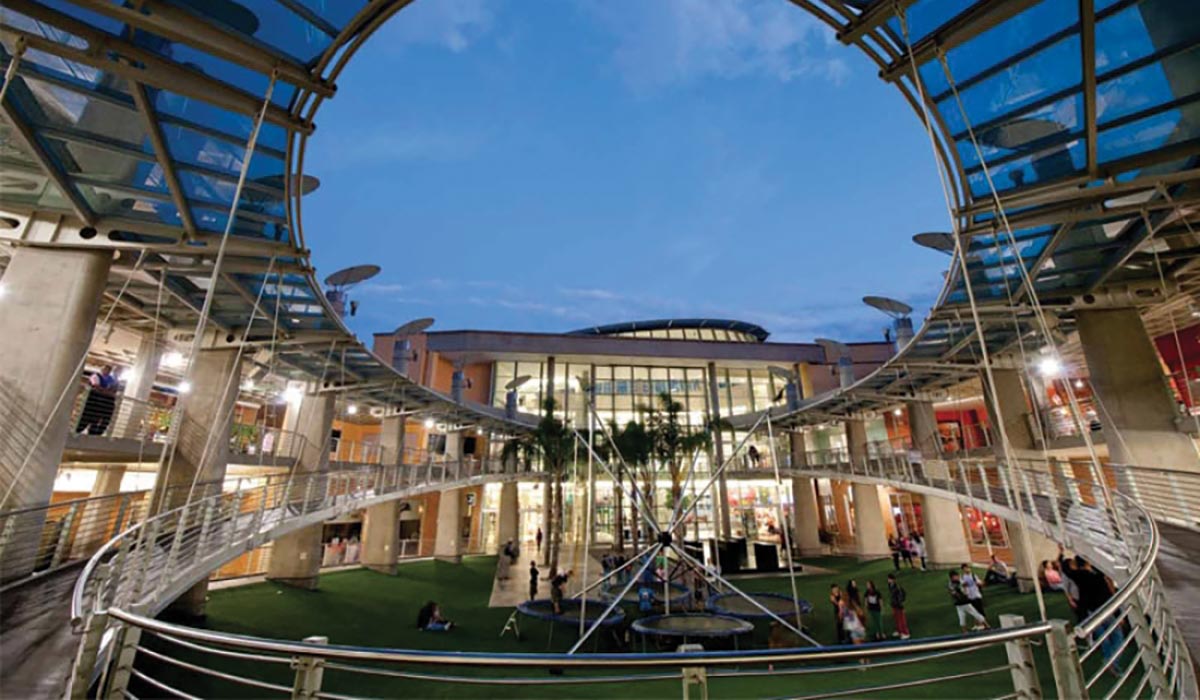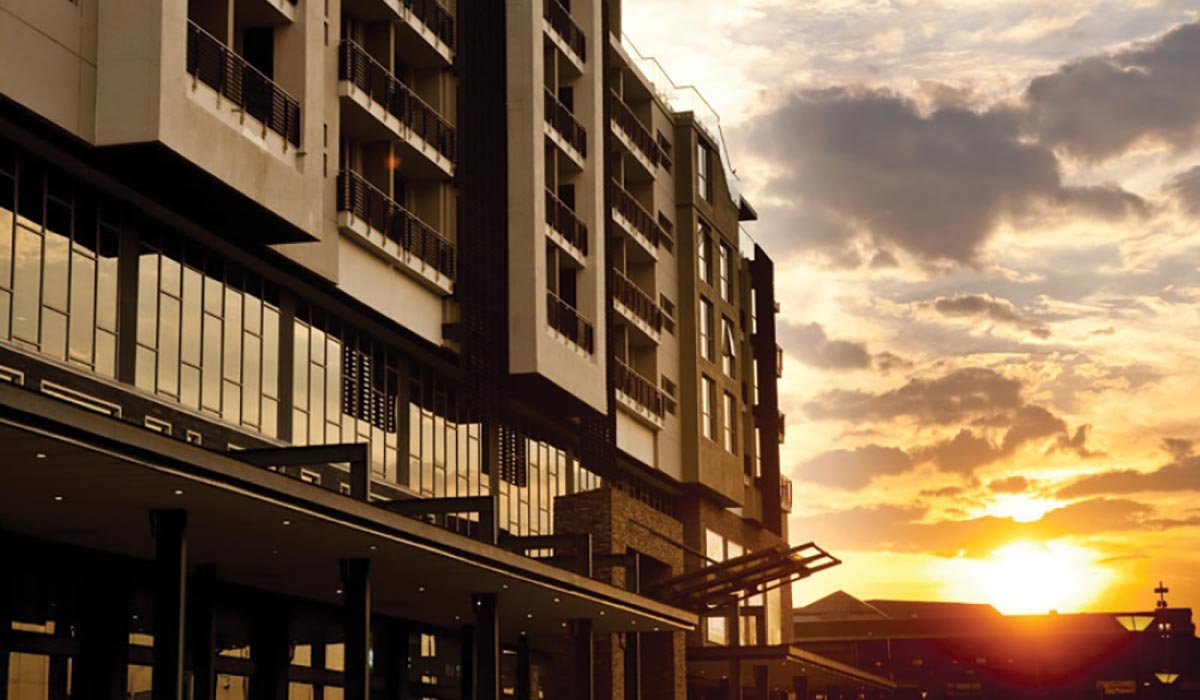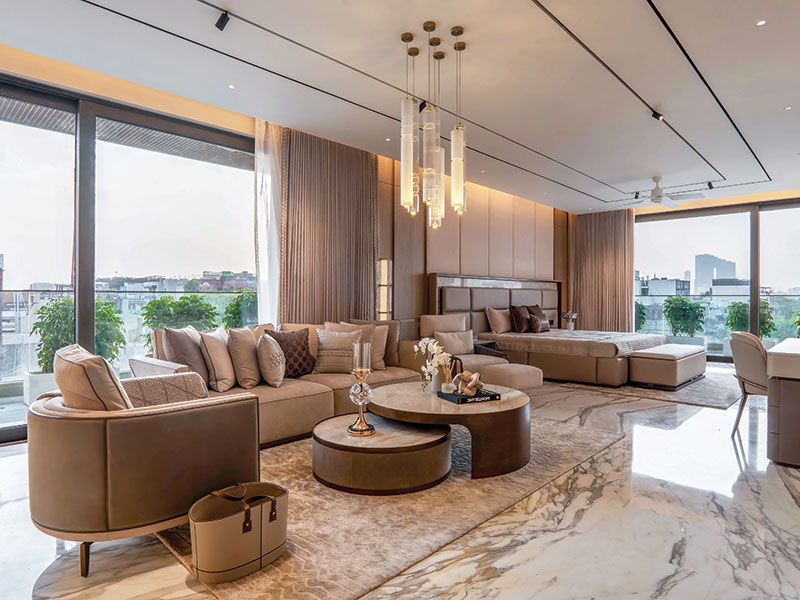
Stephen Roberts, Chairman, Bentel Associates International (Pty) (Ltd)
Mixed-use development is in a broad sense — any urban, suburban or village development, or even a single building, that blends a combination of residential, commercial, cultural, institutional, or industrial uses, where those functions are physically and functionally integrated, and that provides pedestrian connections.
There is nothing new about mixed use developments; they have been around for a long time. Just walk around the streets of Mumbai, and you see them everywhere, shops on the ground floor and residential above. For years this has been the developer's way of maximising his land usage.
Nowadays of course we are concerned with, much larger pieces of land and therefore much bigger developments, but the principles are the same - how do I make most efficient use of my land and get better returns?
Mixed use developments today usually consist of retail centres coupled with offices, hotel or apartments, or even all three. Some developments go beyond this mix and include hospitals, libraries and schools, and thereby create a “village” scenario; but for the commercial developer, and for the purpose of this article, I shall confine myself to the commercial developments, specifically what to couple with a retail centre, and why.
Mixed use can be either horizontal mix or vertical, or a combination of both, depending on the size of the land. Horizontal mix means that each building would occupy its own envelope and would be spread across the site. Such developments require very large pieces of land, on which one is able to have the convenience of separate vehicular circulation, parking and entrances. But more common is the need to build vertically, then it becomes a question of how and what to put together and how to provide sufficient parking, efficient circulation, and the best configuration of services.
There is no question that to mix a hotel with a retail centre is a good combination as far as the retail centre is concerned, because it provides a ready supply of customers, assuming that the location demands the mix, and that each element is designed to suit the same socio/economic profile. It's no good putting a five star hotel above a B-grade shopping mall, or a two star hotel with an A- grade retail mall. It's also not good to put up a hotel with the retail if the demand is not there. For mixed use to be successful, each element needs to be alive and active.
Offices and retail also make good partners, given again that the demand is there and the level of design and finishes compliment each other. So it follows on quite naturally that a mixed use development of retail, hotel and offices all together make a good mix, but creates difficulties in planning. It is imperative that there is sufficient parking, clearly demarcated, and that the entrance to the offices and hotel are separate. In favour of the multi mixed-use developments is the fact that they help to mitigate the cyclical economic risks. In other words, when the retail sector is under pressure, the hospitality or commercial sector may be better.
The question of mixed use with apartments directly above retail introduces a whole lot more difficulties. Whereas hotel and office occupants are transient, and therefore are more likely to put up with temporary inconveniences that may be a result of being located above a commercial centre, occupants of apartments are more permanent, and consequently more demanding. On the other hand, the economics of the development as a whole can assist in providing more affordable housing, by gearing off the finances of the commercial developments.
Let's face it, retail centres create a lot of noise, attract large populations of “outsiders” and also produce a lot of both noise and atmospheric pollution. On the other hand, residential blocks ensure that there is a 24/7 activity that can contribute to the life of the development.
In fact, one of the best arguments for mixing retail, offices and apartments is the live/work/play dynamic. Now, where I live in Johannesburg, the traffic congestion is bad enough, but compared to Mumbai it's a breeze. To live, shop and work in the same development has great time saving opportunities that give a person more free time and helps promote the use of both pedestrian and bicycle travel, which have lifestyle implications and environmental advantages by reducing traffic on the roads. Also on the live/work/play dynamic, I believe this is something that appeals to the new generation, where entertainment and restaurants are on their doorstep.

For the larger retailers, mixed use of retail and offices can permit them to locate a flagship shop in the same development as their head office.
To name few of the benefits of mixed-use development include:
- greater housing variety and density, more affordable housing (smaller units), life-cycle housing (starter homes to larger homes to senior housing)
- reduced distances between housing, workplaces, retail businesses, and other amenities and destinations
- better access to fresh, healthy foods (as food retail and farmers markets can be accessed on foot/bike or by transit)
- more compact development, land-use synergy (e.g. residents provide customers for retail which provide amenities for residents)
- stronger neighborhood character, sense of place
- walkable, bike-able neighborhoods, increased accessibility via transit, both resulting in reduced transportation costs
- Land Size: The size of land must be able to accommodate a good critical mass in each of the different categories.
- Economies of scale: While many mixed-use development are enormous, a number of them are small and seem to have a little of everything. As an owner, or as a larger tenant, it may be difficult to get the economies of scale you need in a smaller mixed-use development.
- Difficulty of management: For many property managers, managing this kind of development can be a gargantuan task. Now consider the challenges that are faced daily by managing a large shopping complex, then imagine that on top of that there's a 250 bed hotel, 5 lak sq ft of office space and a 20 story apartment block...this can be problematic for both management and Tenants, unless the management structure is arranged to cater for this.
Most property managers focus on office management or retail space management. Unless the development is enormous and justifies several property managers on one project, this can be a beast to manage. As a tenant, you will have to realize that your property manager may excel at dealing with office tenants, but not understand well how to manage retail tenants. Before leasing in a mixed-use location you may wish to investigate this further with your Landlord. - Shared parking: Here is the real rub for most mixed-use tenants. Imagine if you will that you lease in a mixed-use complex that features office space, general retail space, restaurants, a movie theater, an exercise gym, apartments, and condominiums. Unless the developer has been extremely liberal with parking, many of these folks will be forced to park in the same parking garage as each other. As a tenant, it is highly recommended that you investigate the details of the parking situation before signing up. A solution that is often tried is on the basis of cyclical or floating parking, where the landlord relies on the different occupancies demanding parking at different times. In other words, the Landlord does not have enough bays for everyone in the complex, but they are banking on the fact that people using different parts of the development at different times allows them to float some extra parking out there. Tenants should investigate this before leasing or they may find their employees parking several blocks away from the office, or perhaps customers will be lost due to insufficient parking. Pre-planning of numbers is therefore absolutely essential otherwise this could lead to a major difficulty somewhere down the road.















